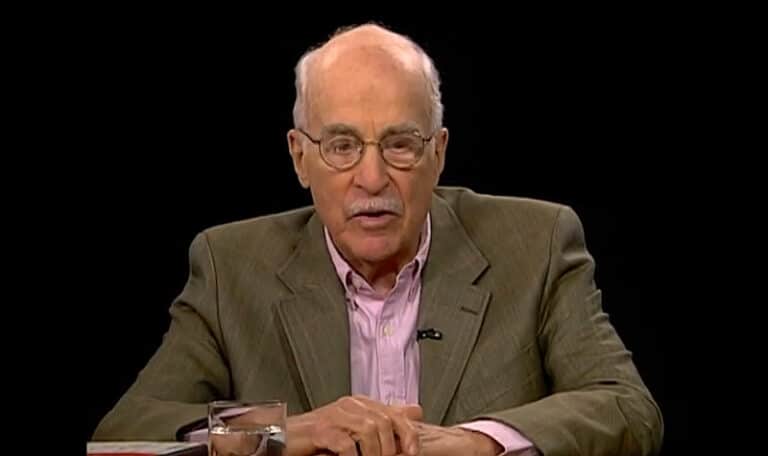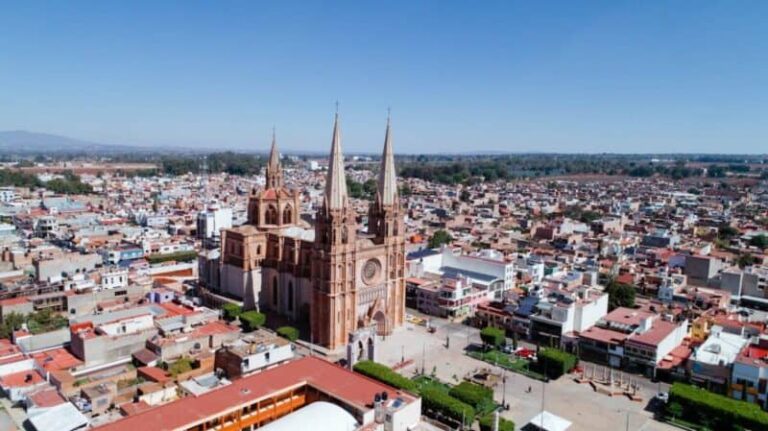Saint Leo the Great: A 5th Century Roman Aristocrat Who Became Pope
Saint Leo the Great was born about 391, and he died November 10, 461. He is the first of the three Popes listed in the Annuario Pontificio with the title “the Great,” with Popes Gregory I and Nicholas I. Saint Leo the Great was a Roman aristocrat and is known for meeting Attila the Hun in 452 and persuading him to turn back from his invasion of Italy. He is also a Doctor of the Church, most remembered for issuing the Tome of Leo, a document which was a major foundation to the debates of the Council of Chalcedon, the fourth ecumenical council. With the current Pope taking the same name, did you know about him?
Saint Leo the Great Biography
According to the Liber Pontificalis, Saint Leo the Great was a native of Tuscany and the son of Quintianus or Quintilianus. By 431, as a deacon, he was sufficiently known outside of Rome. About this time, Cyril of Alexandria appealed to Rome regarding a jurisdictional dispute with Juvenal of Jerusalem, but it is not entirely clear whether the letter was intended for Leo in his capacity as archdeacon.
Near the end of the reign of Pope Sixtus III, Saint Leo the Great was dispatched at the request of Emperor Valentinian III to settle a dispute between one of the chief Roman military commanders in Gaul, Aëtius, and the chief magistrate Albinus. During Leo’s absence in Gaul, Pope Sixtus III died on 11 August 11 440, and on September 29, Leo was unanimously elected by the people to succeed him. Soon after assuming the papal throne.
In late 443, Saint Leo the Great preached a series of sermons condemning the Manichaeans and calling for Romans to denounce suspected heretics to their priests. Eventually, suspected heretics were brought to court, and likely under torture, they confessed to various crimes. By early 444, Leo announced to the bishops of Italy that the Manichaeans had been eradicated from Rome.
From a pastoral perspective, Saint Leo the Great energized charitable works in a Rome beset by famines, an influx of refugees, and poverty. He further associated the practice of fasting with charity and almsgiving. It was during Leo’s papacy that the term “Pope,” which previously then meant any bishop, came to exclusively mean the Bishop of Rome.
Saint Leo the Great and Attila
After the indecisive outcome of the Battle of Chalons in 451, Attila invaded Italy in 452, sacking cities. He demanded that the sister of the reigning Emperor Valentinian III be sent to him with a dowry. In response, the emperor sent three envoys to negotiate with Attila; Saint Leo the Great was one of them. Attila was so impressed by Saint Leo the Great that he withdrew.
Saint Leo the Great’s intercession could not prevent the sack of the city by the Vandal King Genseric in 455, but murder and arson were repressed by his influence. The Pope and members of his clergy went to meet the invader to implore him to desist. While the Vandals plundered the city, the gesture prevented Rome from being burned and ensured that the Basilicas of St Peter, St Paul, and St John, in which part of the terrified population sought refuge, were spared.
Conclusion
There is a lot to be said of Saint Leo the Great; he did not get the moniker lightly. He died on November 10, 461, and, as he wished to be buried as close as possible to the tomb of St. Peter, his body was entombed within the portico of Old St. Peter’s Basilica. He was the first pope to be buried within St. Peter’s. One of the most famous things about him was his writing. At the Second Council of Ephesus in 449, Leo’s representatives delivered his famous Tome, a statement of the faith of the Roman Church in the form of a letter addressed to Archbishop Flavian of Constantinople.







